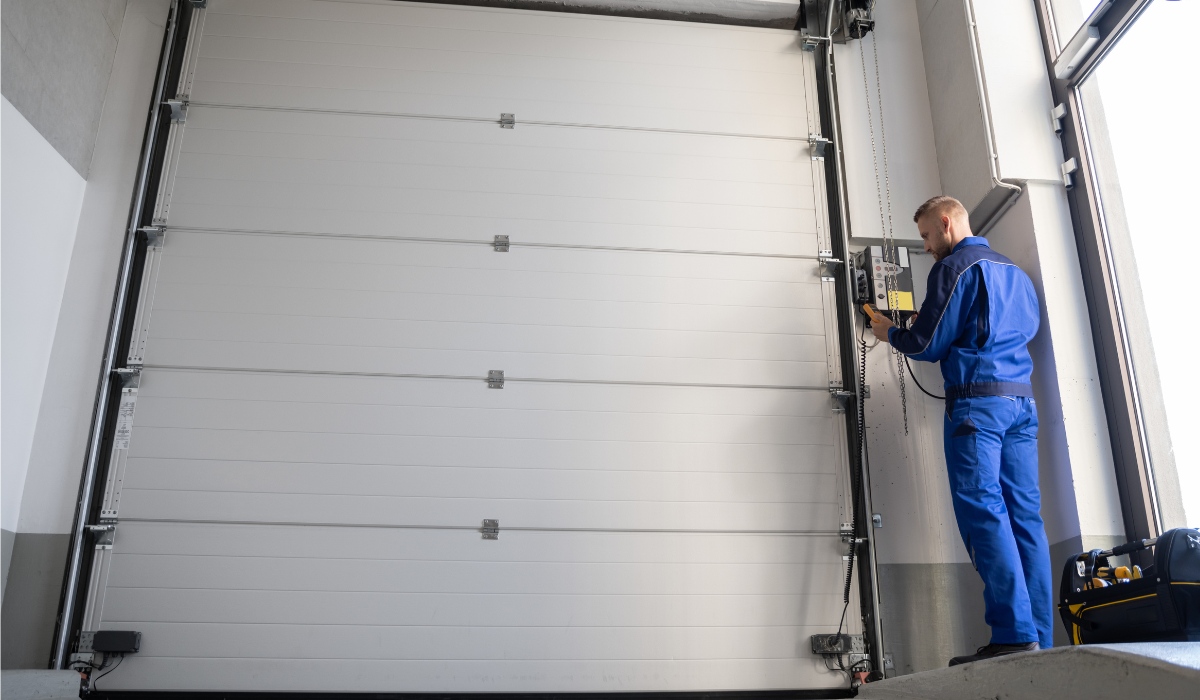Discover everything you need to know about the weather in Castle Downs, a vibrant neighbourhood in Edmonton. Whether you’re a resident, visitor, or local business, this guide offers up-to-date weather conditions, forecasts, climate trends, and safety tips tailored specifically for Castle Downs to help you stay informed and prepared year-round.
Current Weather Conditions in Castle Downs
Understanding current weather conditions is essential for day-to-day planning. In Castle Downs, the weather varies by season but can be monitored through reliable measures such as temperature, humidity, wind speed, visibility, atmospheric pressure, cloud cover, and dew point.
- Temperature: Castle Downs experiences a wide range of temperatures, from chilly winters often below -20°C to warm summers reaching into the high 20s Celsius. Humidity: Relative humidity fluctuates, often lower in winter and higher in summer, impacting comfort levels and outdoor activities. Wind Speed and Direction: Wind speeds vary and can influence perceived temperature—wind chill effects are common during colder months. Visibility: Usually clear, but fog or heavy snow can temporarily reduce visibility, affecting driving and outdoor plans. Atmospheric Pressure: Changes in barometric pressure often signal incoming weather patterns, useful for anticipating changes. Cloud Cover and Dew Point: Cloud coverage affects sunlight and temperature, while dew point helps predict moisture levels and possible frost conditions.
Weather stations and Environment Canada provide real-time data and ensure residents and visitors have access to accurate information anytime.
Daily and Extended Weather Forecasts
Staying ahead with daily and extended forecasts allows residents and visitors to plan effectively. Castle Downs benefits from detailed 7-day and hourly forecast models sourced from Environment Canada and local meteorological services.
Forecasts include:
- 7-Day Outlook: Offers daily highs and lows, precipitation chances, and wind conditions helping plan work, leisure, or travel. Hourly Forecasts: Provide granular details about temperature shifts, changing weather conditions, and timing of rain or snow events. Regional Forecasts: These encompass Castle Downs and surrounding Edmonton areas to assess larger weather patterns affecting the neighbourhood. Doppler Radar and Weather Models: Real-time radar imagery tracks precipitation and storm movements, enhancing forecast reliability.
Understanding the Weather Radar and Satellite Imagery
Radar and satellite imagery are powerful tools that reveal the movement and intensity of weather systems over Castle Downs.
- Doppler Radar: Detects precipitation type and intensity, storms, and wind patterns in the region. It helps track developing severe weather events. Satellite Imagery: Shows cloud cover, temperature variations, and storm formation from space, providing a broad perspective. Weather Models: Combine radar and satellite data with atmospheric physics to produce reliable short- and long-term weather forecasts.
Residents can access these visual tools online or through mobile apps to see live updates and interpret upcoming weather with ease.
Seasonal Weather Patterns and Climate Normals
Castle Downs experiences four distinct seasons, each with characteristic weather patterns influenced by continental climate factors.

- Winter: Long and cold, average daily highs hover around -6°C to -15°C, with significant snowfall accumulating from November through March. Spring: Transitional with melting snow, increased rainfall, and rising temperatures averaging between 5°C and 15°C by late May. Summer: Warm and relatively dry, with average highs near 22°C to 27°C, accompanied by longer daylight hours and moderate humidity. Fall: Cooling temperatures and increased precipitation, often marked by frost beginning in October and ending by late November.
Monthly Climate Normals Include:
- Average high and low temperatures Precipitation in millimeters (rain and snow) Sunshine hours per day UV index levels indicating sun exposure risk
These climate normals help residents and planners anticipate typical conditions and prepare accordingly for gardening, construction, or outdoor recreation.
Severe Weather Alerts and Warnings for Castle Downs
Castle Downs, https://edmonton-ab-wq490.raidersfanteamshop.com/best-time-to-visit-grandin-in-2025-seasonal-activities-amp-events-to-experience like much of Edmonton, occasionally faces severe weather such as thunderstorms, hail, blizzards, freezing rain, and fog.
- Thunderstorms and Hail: Most common in summer months, warnings are issued when severe storms develop with potential hail or strong winds. Tornadoes: Rare but possible; monitoring systems provide early alerts for tornado watches and warnings. Blizzards and Ice Storms: Winter brings risks of heavy snow and freezing rain, impacting mobility and safety. Fog and Smog: Occasional reduced visibility in cooler months or due to pollution, especially during temperature inversions.
How to Interpret Heat Index and Wind Chill
Two important concepts affect how weather feels beyond actual temperature:
- Heat Index: Combines air temperature and humidity to indicate perceived heat during summer, guiding hydration and sun protection needs. Wind Chill: Reflects how cold it feels outside when wind speed lowers the skin’s surface temperature, critical for dressing appropriately in winter.
Awareness of these values helps residents make informed decisions on outdoor comfort and safety.
Air Quality and Environmental Conditions in Castle Downs
Air quality is an important aspect of local environmental health with impacts on outdoor activity suitability.
- Air Quality Index (AQI): Monitors pollutants like ground-level ozone, particulate matter, and nitrogen dioxide; indices help residents avoid exposure during poor conditions. Smog Episodes: Occur occasionally due to industrial emissions or weather patterns trapping pollution close to the ground. UV Index: Indicates potential risk of sunburn and skin damage based on solar radiation intensity. Dew Point: Reflects atmospheric moisture content, influencing comfort and potential for frost or fog formation.
Monitoring these factors ensures safe outdoor enjoyment and awareness of environmental health considerations.
Historical Weather Data and Climate Trends in Castle Downs
Long-term historical weather data from Environment Canada provides insight into Castle Downs’ climate, including temperature records, precipitation totals, and notable weather events.


- High and Low Temperature Records: Document extremes to which the area has been subjected, helping contextualize current trends. Precipitation and Snowfall Averages: Track changes in annual totals and seasonal variability. Meteorological Observations: Continuous data collection supports climate research and forecasting accuracy.
Impact of Climate Change on Local Weather Patterns
Recent decades show subtle shifts in Castle Downs’ climate:
- Warmer average temperatures, particularly in winter and spring Increased frequency of extreme weather events such as heat waves and heavy precipitation Changing frost dates affecting agriculture and gardening cycles Altered seasonal weather patterns impacting ecosystems and infrastructure planning
These trends highlight the importance of adaptive strategies for community resilience and environmental stewardship.
How to Stay Safe During Severe Weather Events in Castle Downs
Preparation and awareness are key to minimizing risks during severe weather.
- Emergency Preparedness: Maintain supplies such as food, water, flashlights, and batteries. Have a family communication plan. Weather Alerts: Subscribe to Environment Canada notifications and local news channels for timely warnings. Safety Tips: Avoid travel during blizzards; seek shelter during thunderstorms; dress appropriately for wind chill or heat index conditions. Storm Shelters and Safe Locations: Identify nearest safe shelters if tornado or ice storm risks emerge.
Being proactive protects lives and property when adverse weather strikes.
Conclusion
Castle Downs experiences diverse and dynamic weather influenced by its northern continental climate. Staying informed about current conditions, forecasts, seasonal patterns, and severe weather alerts is vital for residents, visitors, and businesses alike. With reliable data from Environment Canada, interpretation of radar and forecast models, and understanding of climate trends, the community can better prepare and adapt to environmental changes. Whether you are planning daily activities or considering long-term moves, keeping up with local weather and climate information in Castle Downs ensures safety, comfort, and enjoyment all year round.
Stay connected to official weather sources and take advantage of modern tools to experience Castle Downs fully prepared for whatever weather comes your way.